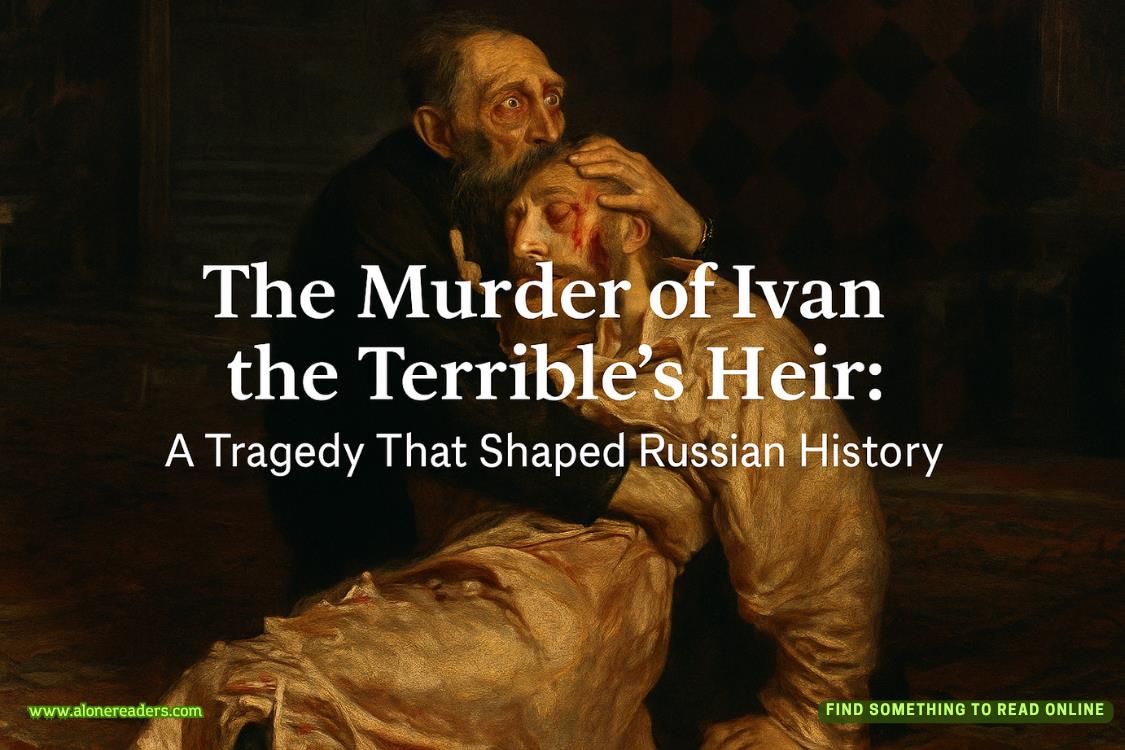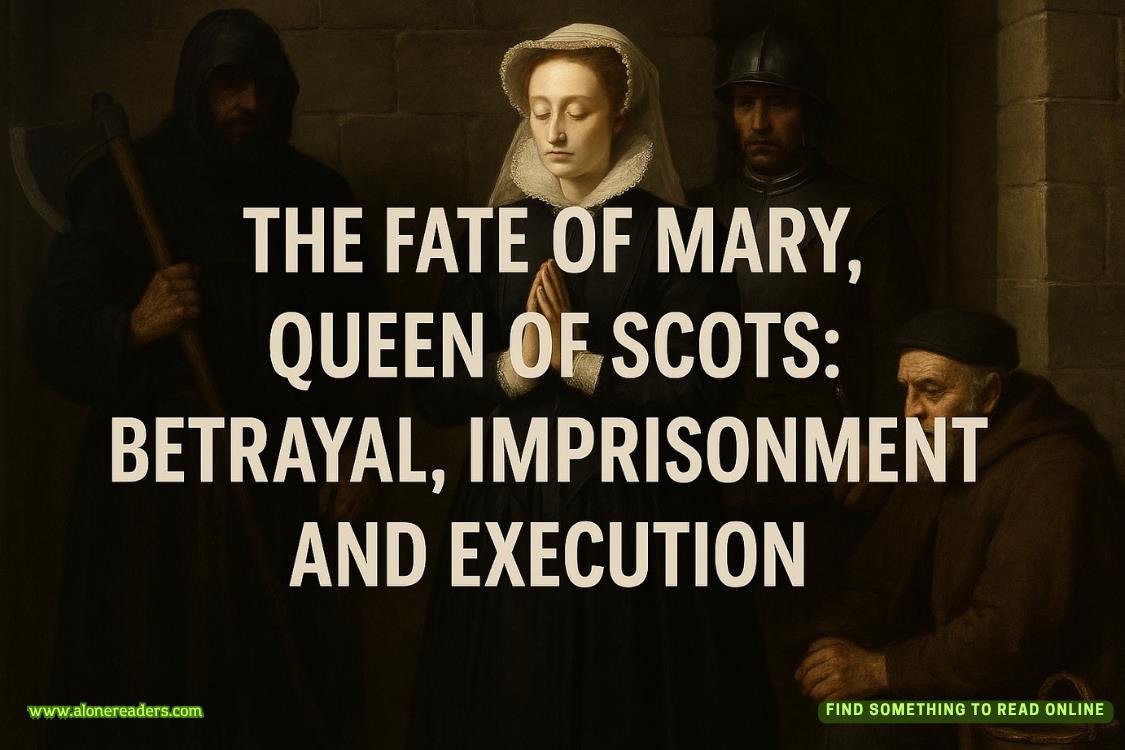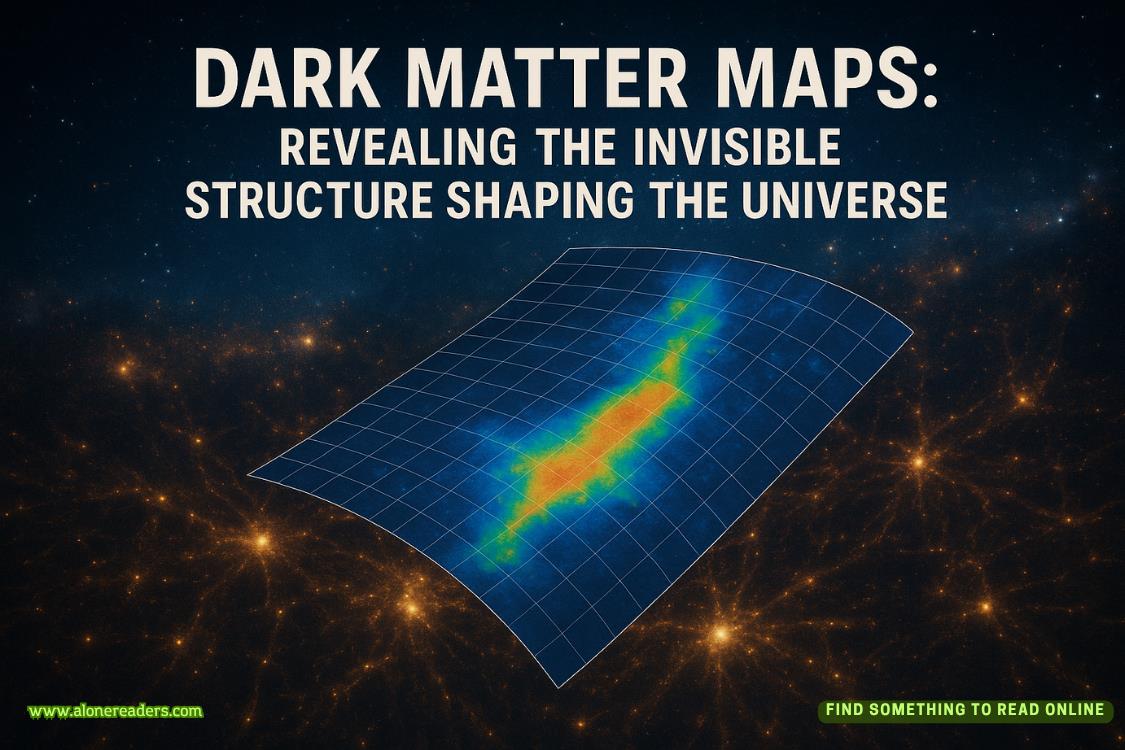Page 62 of The Mafia King's Baby
22
Yefrem
The spreadsheet on my laptop screen displays the financial web we’ve been untangling for the past three weeks, with offshore accounts, shell companies, and wire transfers that paint a clear picture of corruption reaching deeper into federal law enforcement than I initially realized. Each cell contains evidence that could destroy careers, topple field offices, and send dozens of federal agents to prison for life. Every connection we’ve traced leads to more names, more agents, and more proof that Lang’s network was just the tip of something massive.
I rub my temples, fighting the headache that comes from staring at screens for too many hours. The numbers blur together after a while, with account transfers from the Cayman Islands blending into shell companies registered in Delaware, or payments routed through cryptocurrencies and precious metals dealers. The digital paper trail spans continents and currencies, but the pattern is clear once you know what to look for.
Leonid enters the room with fresh coffee and the kind of expression that tells me he’s found something significant. Steam rises from the mug he sets beside my laptop, carrying the bitter scent of the industrial-strength brew he prefers. He doesn’t offer any to Celia, who at seven weeks pregnant, can barely stand to smell it, let alone drink it.
He opens his own laptop and positions it so I can see the screen without changing position. “The surveillance teams in Phoenix and Miami came through.” He pulls up a series of encrypted files, each one labeled with dates and location coordinates. “Look at this.”
The photographs load slowly, revealing high-resolution images taken with telephoto lenses from considerable distances. FBI Agent Torres stands in a parking garage beside a man I recognize from our criminal intelligence files as a mid-level enforcer for the Vasquez cartel. The timestamp shows the meeting occurred at two in the morning, far from any legitimate law enforcement activity.
“Torres has been taking monthly payments from the Vasquez cartel for the past eighteen months.” Leonid clicks to the next image, showing an envelope changing hands. “Always the same amount, always the same location, and always the night before major cartel operations get mysteriously delayed or canceled. If they do proceed, the cartel is already gone, with no evidence remaining.”
I lean forward, studying the body language in the photographs. Torres looks comfortable and familiar with the routine. He appears to be joking with the Vasquez contact, since they’re both laughing in the last photo. This isn’t a desperate man making a one-time mistake but someone who’s been systematically betraying his oath for over a year.
“Agent Sullivan in Phoenix?”
“Even worse.” More photographs appear, these taken outside an abandoned warehouse. “He’s been feeding case information to Russian contacts. Names of informants, planned raids, and evidence collection schedules. Three people have died because of information he provided.”
That statement fills me with anger and dread. We’re not just dealing with financial corruption anymore. We’re looking at federal agents whose betrayals have directly caused deaths. The scope keeps expanding beyond what I originally imagined possible.
I study each image, noting details that could be important later, including license plates, facial recognition markers, and clothing that might help establish timelines. It’s that kind of thorough documentation that turns suspicion into prosecutable evidence. “How many confirmed now?”
“Eighteen agents across six field offices, plus the judges and prosecutors we’ve already identified.” Leonid opens another file showing financial records that stretch across multiple screens. “The money trail is clear—payments corresponding exactly with favorable case outcomes, evidence tampering, and witness intimidation.”
I scroll through the financial data, watching patterns emerge from what initially looked like random transactions. The payment amounts correspond to specific case values, with timing that aligns with court schedules and routing through accounts linked to known criminal organizations. The mathematical precision of it is almost artistic.
“Lang built this over how long?”
“I’m not sure, but it had to start within months of his wife’s diagnosis. Some of these accounts go back seven years.” Leonid points to a series of transactions highlighted in red. “However, the volume increased dramatically in the past two years, following her death. Whatever his endgame was, he was accelerating toward it.”
“He had nothing left to lose,” says Celia softly. “Yefrem said his wife died two years ago, so if he’s caught, there’s no one else to be ashamed of him or suffer fallout for his actions.”
I nod in agreement, slightly surprised she remembers those details I told her after we arrived here at the compound weeks ago, since she was still recovering from the reality of burying Lang’s body, and the hasty trip to Idaho.
The scope of it still amazes me. Lang wasn’t just one corrupt agent but the architect of a system that turned federal law enforcement into a commodity to be bought and sold. The network he built will take years to fully dismantle through official channels, assuming anyone in power wants it dismantled at all.
Celia moves from her seat to stand by me, carrying her morning tea with both hands while moving with the careful precision she’s developed since the nausea started. The symptoms are already disrupting her daily routine, though she refuses to acknowledge any weakness or step back from the investigation. She settles into the chair beside me, close enough that I can smell the mint tea she’s been drinking to combat morning sickness. The familiar scent has become associated with these early morning briefings and part of our new routine in this strange life we’ve built together.
I rotate the laptop screen toward her so she can see the surveillance photographs we’ve been discussing. “We now have photographic proof of active corruption in both cities, plus financial records showing the money flow.”
She studies the images with the same analytical intensity she applies to everything, processing the information. “This agent—Torres—he looks comfortable with the routine.” Her finger traces the outline of his relaxed posture in one of the photographs. “This isn’t his first time doing this.”
“I was thinking the same thing,” I say.
“It’s his eighteenth time, actually, that we know of,” says Leonid.
I click through the series of surveillance photos taken over the past four weeks, since we started this investigation. “Our people have been watching him for weeks.”
She nods. “Finally getting visual confirmation feels like progress.”
“It is progress, but it also means we’re running out of time.” I close the laptop and face both of them. “Every day we spend gathering evidence is another day for them to realize they’re being watched.”
Our investigation has reached the point where we know enough to bring down the entire network, but continuing to gather evidence increases our own risk exponentially. Each surveillance operation, each financial trace, and each contact with potential sources creates opportunities for discovery.
Leonid’s encrypted phone buzzes for an incoming message with the distinctive tone he’s assigned to high-priority contacts. He checks it quickly, his expression shifting from routine alertnessto focused attention. “One of our contacts wants a face-to-face meeting. Says he has something we need to see.”















